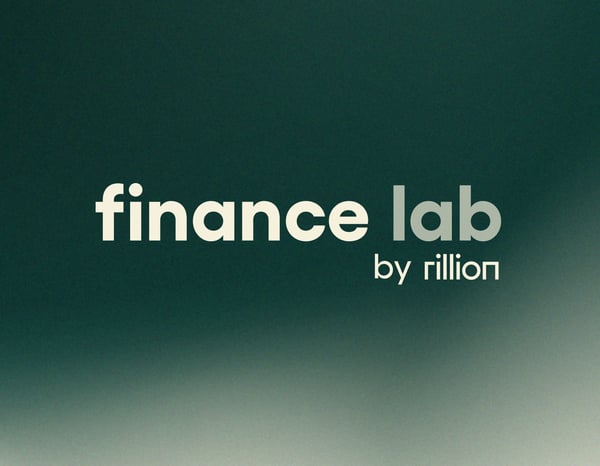

Most organizations say manual data entry and the high volumes of email and paper invoices they receive are a big challenge.
Compounding the issue:
- In many cases invoice scanning uses dated legacy OCR invoice technology which has limited functionality and depth
- Emailed invoices from suppliers are printed out and manually keyed into the ERP
- For growing companies, larger invoice volumes means hiring more staff to handle the manual effort
Third party reports from the field confirm the challenge organizations face when capturing invoice data. 80% to 90% of invoices received by both medium and large size companies is either paper or email.
Even with the advent of technologies such as EDI and network portals, the bulk of both invoice receipt and invoice data entry revolves around paper and email.
Although EDI or invoices submitted through a solution portal are offered as solutions to the issues above, 80 to 90% of supplier invoices received by companies are either paper or email. Approximately 75% of organizations enter their invoice data manually .
There are some attractive options for handling all formats of invoices however – from both an implementation and price perspective.
5 ways to Capture data from an invoice in 2024 (from the guide):
1. Digital Capture in the Cloud – Emailed Invoices
A supplier creates an invoice in their ERP and generates it as a digital PDF, XML, CSV, Word, Excel, EDI or other electronic format, and then emails it. The invoice is sent to the buyer via a designated email address where automation and AI instantly reads the data form the invoice and extracts it into a database.
The process is fast and 100% accurate, because the electronic file format of the invoice has a data layer that reflects exactly what was input. This method has a high on-boarding rate by suppliers because the supplier just has to send the invoice to the specified email address, and avoids incurring any costs to do so. They may reduce their costs if they switch over from paper and mail.
2. Invoice Scanning and OCR with Intellitags – Paper Invoices
Whereas legacy OCR invoice technology is resource-intensive (data has to be manually field-mapped, as an example) Intelligent OCR invoice scanning/capture technology teaches itself to identify supplier invoices based on their layout and then automatically stores that information for future reference. It also intuitively maps the data fields in each invoice and stores them in a database.
If you supplier sends a paper invoice:
The invoice is scanned by Advanced OCR invoice software that recognizes the layout of the supplier and then extracts essential data fields. This process takes a few minutes and is 95% accurate. No on-boarding is required as the suppliers are continuing to send invoices in the mail.
If your supplier sends an electronic file of a scanned invoice:
In other words, if the invoice is an “image” of the invoice (instead of a electronic file with a data layer as mentioned above). Intelligent OCR scans this information with the same results as paper invoices.
3. Invoice Portal
Invoice data is manually entered into a supplier portal by the supplier. This replicates the manual keying of data into your ERP but the manual keying is left to the supplier. Good for small suppliers, and has a very low on-boarding rate.
4. Traditional XML or EDI
A supplier sends an XML or EDI file to the buyer. This is good for buyers who are set up to receive it, but the supplier has to justify the cost of changing their billing application and infrastructure to send XML and EDI documents. EDI and XML have high data accuracy but a low on-boarding rate.
5. Manually
Keying invoice data into the ERP, printing out PDFs or other emailed invoices, storing large amounts of paper files, and staying committed to paper processes. Only sustainable for very small operations.
Benefits of OCR invoice processing
1. Improved structure for your supplier invoices
Maximize the automation of your invoice capture by allowing the system to match invoices with purchase orders or contracts. Direct resources towards exceptions and free up time for higher-value work.
2. Less risk of mistakes or missing data
Manual data entry is prone to errors. By using automatic invoice capture you can guarantee the data input is always accurate to minimize mistakes which can lead to problems further down the line.
3. Save time and effort
Not only is manual data entry for invoices prone to errors, but it also takes time. Our invoice capture solutions automate manual and repetitive tasks, allowing you to focus on developing your business.
OCR invoice software – An Optimal Solution
Rillion’s Capture solution handles both email and paper invoices with OCR invoice processing with Intellitags and Digital Capture in the cloud. The solution processes files in any format: PDF, EDI, XML, Word, Excel, JPG, TIFF, XML, CSV, and more. Accuracy rates for paper are 95% and for PDF/Electronic formats 100%. There is no added cost for suppliers.
OCR invoice capture and scanning with Rillion
Rillion Invoice Capture solution seamlessly integrate with your ERP, and there is a Full-Service option for larger invoice volumes. For more information see Rillion Invoice Capture and AP automation or contact us directly for more information about our OCR invoice capture/scanning solution.
People Also Asked
What are the key indicators that suggest a business would benefit from implementing OCR technology for invoice processing?
A business would benefit from implementing OCR technology for invoice processing if it handles a high volume of invoices, struggles with manual data entry errors, or seeks to streamline workflows and reduce processing times.
How does the accuracy of OCR technology improve over time, and what factors influence this improvement?
The accuracy of OCR technology improves over time through machine learning algorithms that adapt based on the data they process, influenced by the quality of input documents and the volume of transactions.
What training or resources are recommended for employees to effectively use and manage OCR invoice scanning systems?
To effectively use and manage OCR systems, employees should receive training on system features, data validation processes, and best practices for ensuring data accuracy.

